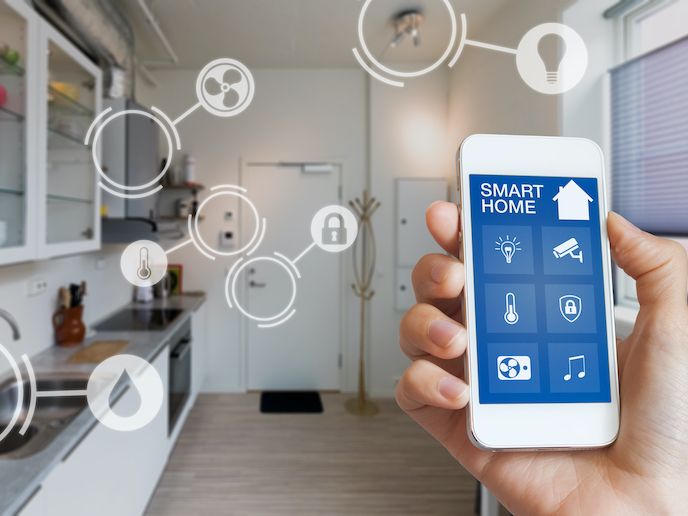Small and flexible European computer solution for the cyber-physical age
The cyber-physical age is upon us, where humans interact much more frequently with systems and the Internet to make homes, offices, factories and cars smarter. The challenge is to make these systems faster, cheaper and more energy-efficient so applications and services remain innovative and accessible. The EU-funded AXIOM(opens in new window) project set out to address such scientific and technological challenges by developing new software/hardware architectures for CPSs. “CPSs need to react in real time, provide enough computational power for assigned tasks, consume the least possible energy, scale up through modularity, allow for ease of programmability and exploit existing standards at minimal costs,” says project coordinator Prof. Roberto Giorgi. Often endowed with control, monitoring and data gathering functions, CPSs need to comply with essential requirements like safety, privacy, security and near-zero power consumption, as well as size, usability and adaptability constraints. AXIOM defined a simple but powerful architecture that can potentially be deployed in CPSs. It will include not only classical embedded system components and the possibility to connect to the Internet, but also the option of easily building CPSs from two or more boards without changing development tools. Small and flexible The platform has several advantages compared to existing ones. The 10x15 cm board can be added to or easily programmed. “We aim at providing more performance or redundancy by simply adding up more AXIOM boards,” explains Prof. Giorgi. “A large apartment may use two such boards as an edge computer for controlling the smart home, while a larger building may use ten of them. Similarly, the board can scale from one to more boards when simpler or more sophisticated needs for video surveillance are demanded.” The board can work on open-source software and easily interacts with the cyber-physical worlds. The platform can be powered by a laptop-style power adapter that consumes less than 20 W at full speed. More boards can be easily interconnected by just using inexpensive USB-C cables and without the need for any other external components. Smarter homes and living CPSs are increasingly embedded in all types of artefacts making smarter, more intelligent, energy-efficient and comfortable transport systems, cars, factories, hospitals, offices, homes, cities and personal devices. AXIOM can do that, Prof. Giorgi says. The project group is currently looking at a partner to commercialise an optimised model based on the concept board, one that can be deployed economically on a larger scale. “We designed a real hardware board and its software to allow users to build a competitive and innovative system of small size, small power, easy extensibility and easy programmability,” concludes Prof. Giorgi. “All these features are not so common all together in other systems.” AXIOM was part of the EU’s focus on reinforcing European industrial strengths as well as exploring new markets. This will provide citizens and businesses with a wide range of innovative applications and services.







